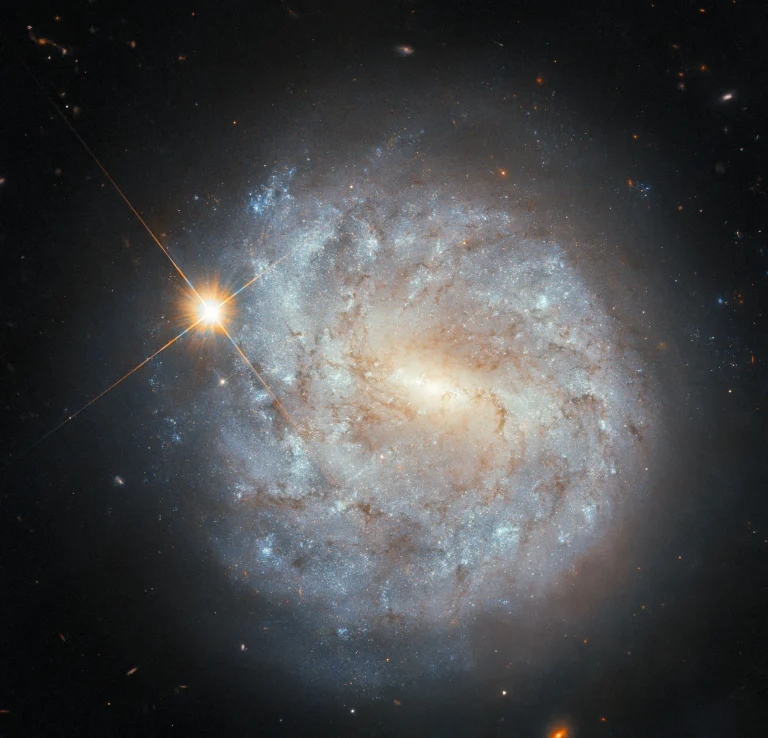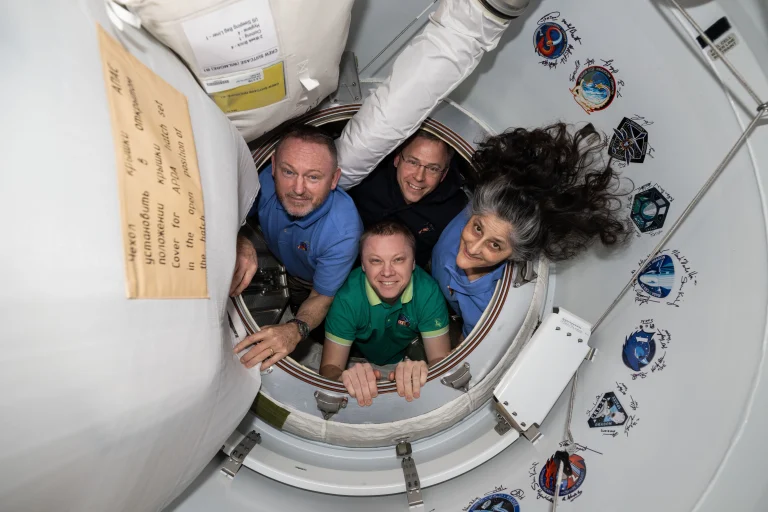This Dec. 27, 2023 image of the São Francisco River in southeast Brazil showcases the range of vibrant colors in the area including blues, reds, greens, and yellows. Much of the unvegetated land, such as unplanted fields and unpaved roads, appears in bright shades of red and yellow. This coloration comes from the underlying clays and soils of Brazil’s state of Minas Gerais.
The photo focuses on the Três Marias Reservoir, a human-made waterbody fed by the São Francisco River. Access to freshwater for irrigation enables agriculture around the reservoir. Red- and green-toned areas can be distinguished as fields with center-pivot irrigation or straight-edged plots. An orange-tan contour line tracing the shoreline of the reservoir marks where water levels have been higher. The lighter shades of blue on the reservoir’s surface are due to sunglint, an optical effect that occurs when sunlight reflects off smooth water at the same angle a sensor views it.
Text credit: Andrea Wenzel
Image credit: NASA
这张拍摄于2023年12月27日的照片展示了巴西东南部圣弗朗西斯科河的一系列鲜艳的颜色,包括蓝色、红色、绿色和黄色。许多没有植被的土地,如未种植的田地和未铺设的道路,呈现出明亮的红色和黄色。这种颜色来自巴西米纳斯吉拉斯州的底层粘土和土壤。
这张照片聚焦于特里斯马里亚斯水库,这是一个由圣弗朗西斯科河供水的人造水体。淡水灌溉使水库周围的农业得以发展。红色和绿色相间的区域可区分为采用中心枢纽灌溉的田地或直边地块。一条橙黄色的等高线描绘了水库的滨线,标志着水位较高的地方。水库表面较浅的蓝色阴影是由于日光反射(sunglint)造成的,这是一种光学效应,当阳光以与传感器相同的角度反射平滑的水面时,就会发生这种效应。
文字来源:Andrea Wenzel
图片来源:NASA







